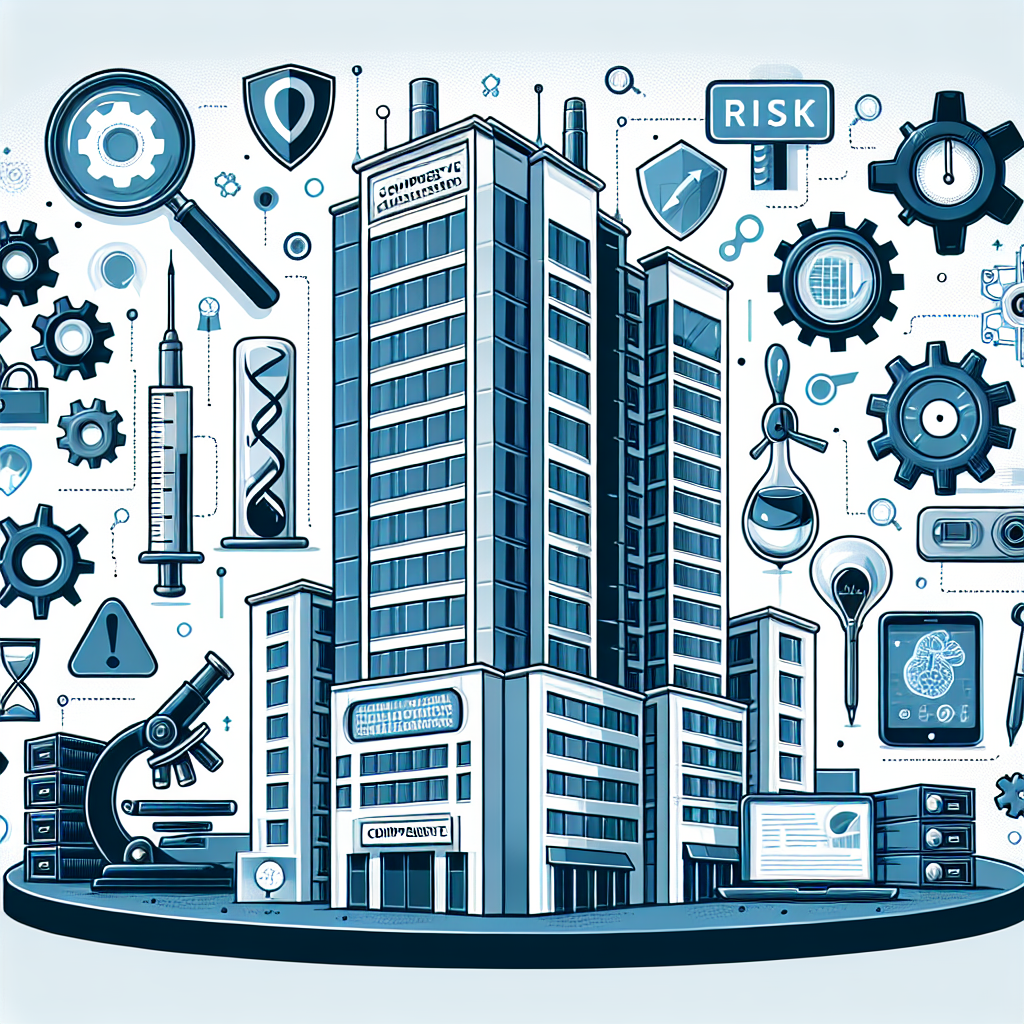As businesses increasingly rely on data centers to store and manage their critical information, it becomes imperative to conduct regular risk assessments to identify potential vulnerabilities and mitigate them before they turn into costly disasters. A comprehensive data center risk assessment involves evaluating various aspects of the facility’s infrastructure, processes, and security measures to ensure that data remains safe and accessible at all times.
To conduct a thorough data center risk assessment, businesses can utilize a combination of tools and strategies that help identify and address potential risks effectively. Here are some top tools and strategies for conducting a comprehensive data center risk assessment:
1. Vulnerability scanning tools: Vulnerability scanning tools like Nessus, Qualys, and OpenVAS can help businesses identify potential security weaknesses in their data center infrastructure. These tools scan the network, servers, and applications for known vulnerabilities and provide detailed reports on how to remediate them.
2. Penetration testing: Penetration testing involves simulating a cyberattack on the data center to identify potential security gaps that could be exploited by hackers. By conducting penetration tests regularly, businesses can proactively identify and patch vulnerabilities before they are exploited by malicious actors.
3. Security information and event management (SIEM) tools: SIEM tools like Splunk, LogRhythm, and IBM QRadar can help businesses monitor and analyze security events in real-time, enabling them to detect and respond to potential threats quickly. These tools provide valuable insights into the data center’s security posture and help organizations stay ahead of emerging threats.
4. Compliance assessment tools: Compliance assessment tools like Qualys Compliance and Tripwire Enterprise can help businesses ensure that their data center infrastructure meets industry-specific regulatory requirements. These tools provide automated checks and reports that help businesses maintain compliance with standards like PCI DSS, HIPAA, and GDPR.
5. Physical security assessments: In addition to cybersecurity measures, businesses should also assess the physical security of their data center facilities. Tools like CCTV cameras, access control systems, and biometric scanners can help businesses monitor and control access to sensitive areas within the data center.
6. Business continuity and disaster recovery planning: Businesses should have a robust business continuity and disaster recovery plan in place to ensure that data remains accessible in the event of a catastrophic event. Conducting regular tabletop exercises and simulations can help businesses identify potential gaps in their plans and address them proactively.
7. Risk assessment frameworks: Utilizing risk assessment frameworks like NIST Cybersecurity Framework, ISO 27001, and COBIT can help businesses establish a structured approach to evaluating and mitigating risks in their data center environment. These frameworks provide a roadmap for identifying, assessing, and managing risks effectively.
By utilizing a combination of tools and strategies, businesses can conduct a comprehensive data center risk assessment that helps them identify and address potential vulnerabilities proactively. By investing in the right tools and implementing best practices, businesses can ensure that their data center remains secure and resilient in the face of evolving cyber threats.


Leave a Reply